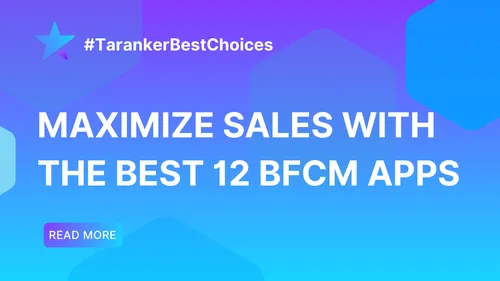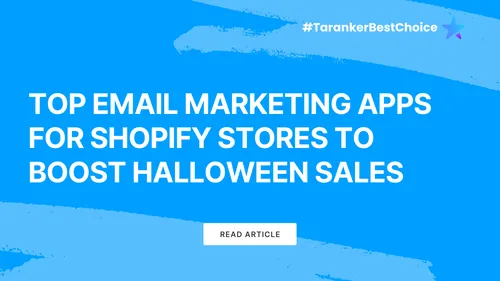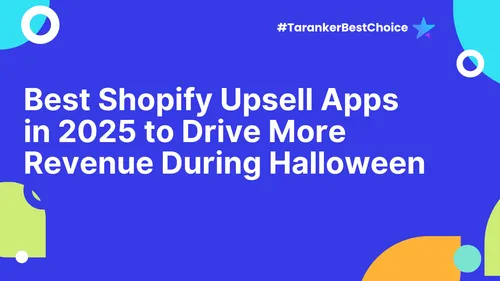Pricing plays a central role in determining your ecommerce store’s success. According to a 2019 study by McKinsey, pricing is one of the most critical factors influencing consumer purchase decisions, accounting for as much as 40% of a company’s revenue. For ecommerce businesses, choosing the right pricing model can significantly impact your bottom line.
When it comes to pricing strategies, two models dominate: dynamic pricing and fixed pricing. Both have distinct advantages and challenges, and knowing which one to implement depends on factors like your business type, product demand, and overall market conditions.
In this blog, we’ll break down the key differences between dynamic pricing and fixed pricing, explore their pros and cons, and help you decide which pricing model works best for your ecommerce store’s growth and success.
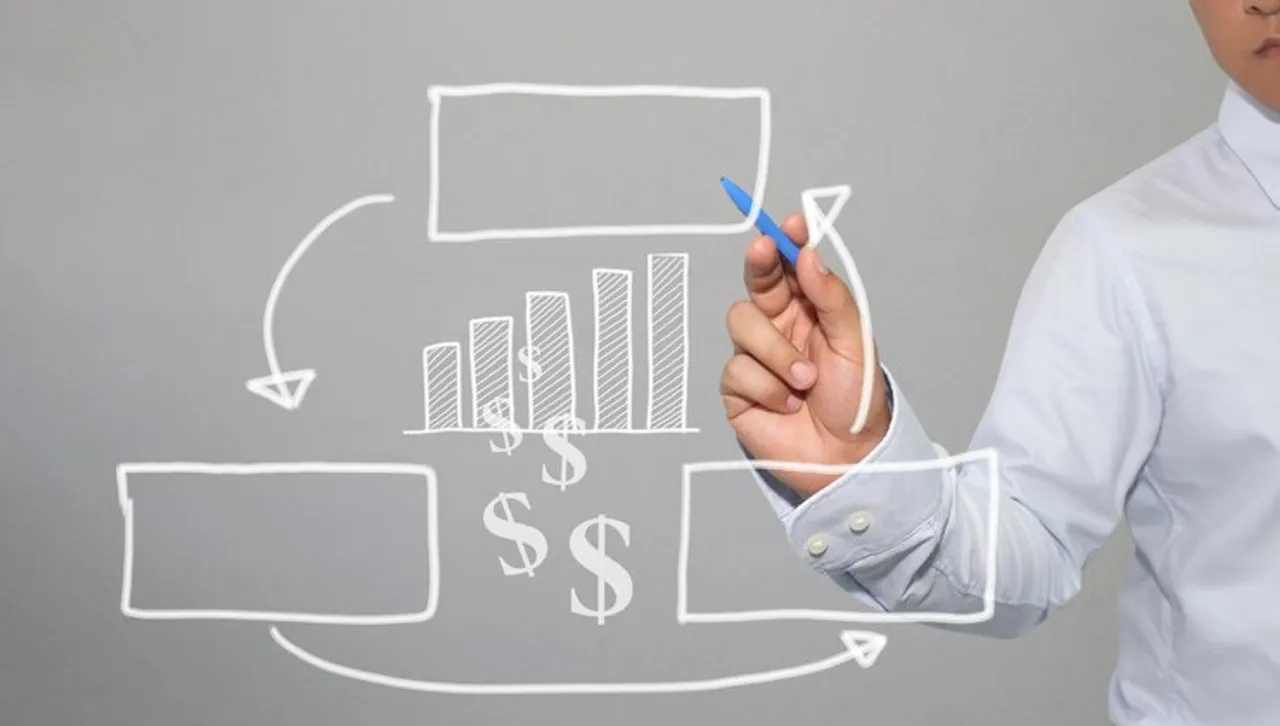
1. Key Differences Between Dynamic Pricing and Fixed Pricing
When deciding between dynamic pricing and fixed pricing, understanding their core differences can help you choose the model that best suits your business needs. Here, we break down the key features of each pricing model, from flexibility and profitability optimization to customer trust and experience.
1.1. Pricing Model Flexibility
Dynamic Pricing:
Dynamic pricing adjusts the price of a product in real-time based on various factors like demand, competitor prices, and consumer behavior. It’s a flexible pricing strategy that allows businesses to respond to market shifts instantly. For example, if a competitor reduces their price or if a product experiences a sudden surge in demand, dynamic pricing will reflect these changes by automatically adjusting the price.
How this benefits your business:
This flexibility ensures that your pricing is always aligned with the current market conditions, which means you can take advantage of peak demand periods and stay competitive during times when your competitors adjust their prices.
Fixed Pricing:
In contrast, fixed pricing offers stability. Prices remain constant over time, regardless of external factors. If you set a price of $25 for a product, that’s the price the customer will pay consistently, without change. This model works best in markets where demand is predictable, and price fluctuations would create customer confusion.
How this benefits your business:
With fixed pricing, you can provide your customers with clarity and predictability, making the purchasing experience straightforward and reliable. This can help build long-term customer trust.
1.2. Profitability Optimization
Dynamic Pricing:
Dynamic pricing is designed to maximize profitability by adjusting prices in response to fluctuating demand. For example, during peak seasons, holidays, or special events, businesses can raise prices to capitalize on higher demand. Similarly, if demand drops during off-peak times, prices can decrease to attract more customers and maintain sales volume.
How this benefits your business:
This optimization allows you to increase profit margins when demand is high and offer competitive pricing when demand is low, balancing between volume and profitability. It's a great way to ensure you're maximizing revenue opportunities.
Fixed Pricing:
With fixed pricing, businesses may miss out on maximizing their revenue during high-demand periods, as the price is locked in. However, it does ensure consistent margins and may be beneficial for products with stable demand, where price fluctuations are unnecessary.
How this benefits your business:
If your product doesn’t experience fluctuating demand, fixed pricing can help you maintain predictable profit margins without worrying about constantly adjusting your prices.
1.3. Customer Trust and Experience
Dynamic Pricing:
While dynamic pricing can drive higher profits, it can also cause customer confusion. If prices change frequently, customers may feel frustrated or skeptical. For instance, if they visit your site multiple times and see different prices for the same product, it can lead to uncertainty.
How this impacts your business:
Although dynamic pricing can improve profitability, businesses need to manage customer expectations carefully. Clear explanations of the pricing strategy and consistent pricing communication will be key to maintaining trust.
Fixed Pricing:
On the other hand, fixed pricing provides predictability and transparency, which helps build trust with customers. Since customers always know the price they will pay, they don’t have to worry about sudden price changes. This reliability leads to stronger loyalty as customers appreciate the transparency and fairness of the price.
How this impacts your business:
If you’re focused on building strong customer relationships and trust, fixed pricing will serve you well by ensuring that your customers always know what they’re paying for.
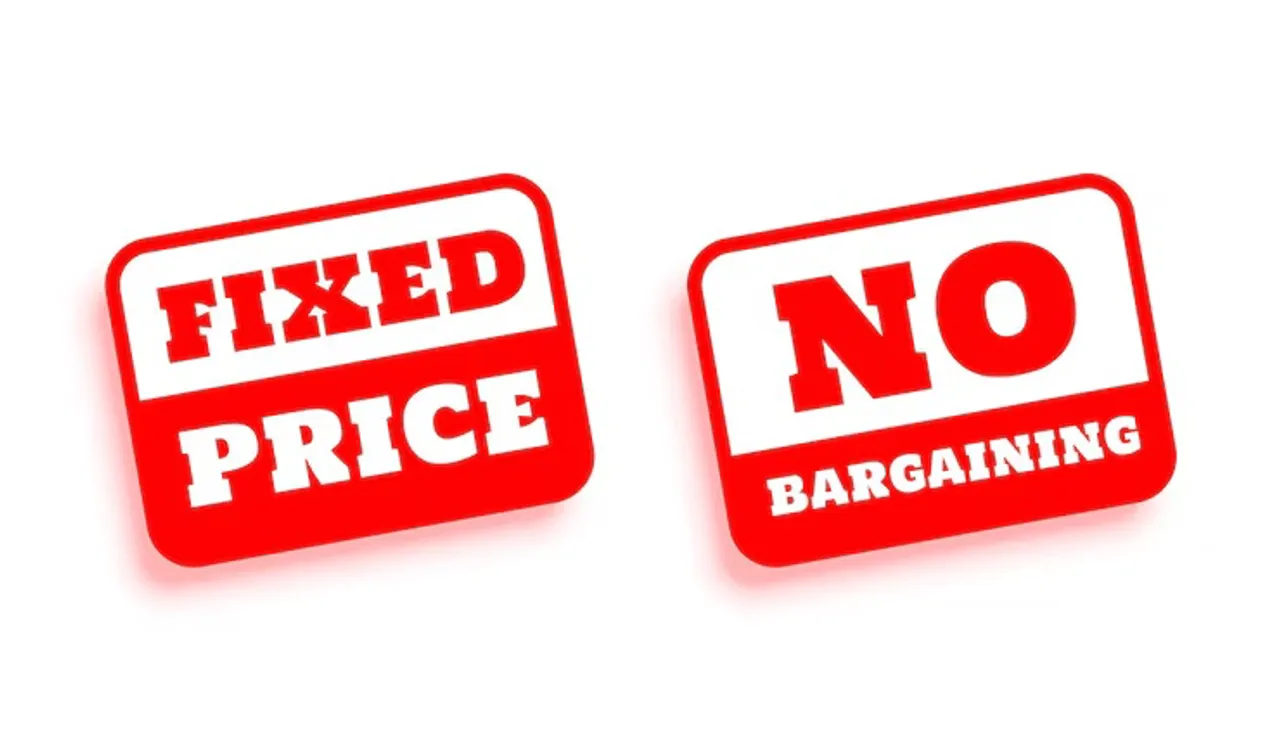
2. Pros and Cons Comparison
Now that we’ve looked at the key differences, let’s dive into the pros and cons of each pricing model to help you weigh their benefits and challenges.
2.1. Dynamic Pricing Pros
-
Maximizes Profitability: Dynamic pricing helps you optimize prices based on demand, allowing you to increase prices during high-demand periods and maximize your profit.
-
Offers Flexibility: You can adjust your prices based on various factors such as competitors' prices, demand spikes, or customer behavior. This flexibility allows you to remain agile in a fast-moving market.
-
Competitive Advantage: By adjusting prices in real-time, dynamic pricing ensures you stay competitive. You can always respond to changes in competitor pricing or market conditions, ensuring your products remain attractive to customers.
2.2. Dynamic Pricing Cons
-
Potential for Customer Confusion: Frequent price changes can confuse or frustrate customers, especially when they see a price change after adding a product to their cart.
-
Risk of Price Wars: If competitors also use dynamic pricing, it can lead to price wars, where prices keep lowering to match competitors. This can erode profit margins for everyone involved.
-
Requires Complex Tools: Implementing dynamic pricing successfully requires advanced pricing tools and data analytics. For smaller businesses or those with fewer resources, this can be difficult to manage effectively.
2.3. Fixed Pricing Pros
-
Simplicity and Transparency: Fixed pricing is easy to manage and easy for customers to understand. There’s no confusion about what the price will be at checkout.
-
Consistent Customer Trust: Customers appreciate the stability of fixed pricing, which helps build trust. They know they can rely on your pricing and won’t be surprised by unexpected changes.
-
Predictable Profit Margins: Since prices are stable, businesses can forecast their profit margins more reliably, which helps with financial planning and inventory management.
2.4. Fixed Pricing Cons
-
Missed Revenue Opportunities: Fixed pricing doesn’t take advantage of high-demand fluctuations. For example, if you sell products during a peak shopping season, you may miss the opportunity to increase prices.
-
Less Market Responsiveness: Fixed pricing doesn't allow you to quickly adjust your prices in response to competitor changes or shifting market conditions.
-
Limited Personalization: Unlike dynamic pricing, fixed pricing doesn’t offer the ability to personalize prices based on individual customer behavior or demographics.

3. When to Use Dynamic Pricing vs Fixed Pricing
Choosing between dynamic and fixed pricing largely depends on your business model, market conditions, and goals. Here’s when each pricing strategy works best.
3.1. When Dynamic Pricing Works Best
-
High-Demand Fluctuations: If your products experience sharp demand changes, dynamic pricing can help you adjust prices to optimize profitability. For example, products with seasonal demand, such as event tickets or electronics, can benefit from dynamic pricing.
-
Competitive Markets: In markets with intense competition, dynamic pricing ensures you can adjust your prices to remain competitive without sacrificing your margin.
-
Large Product Catalogs: For businesses with a wide range of products, dynamic pricing helps optimize pricing for each individual item based on its own demand and market conditions.
3.2. When Fixed Pricing Works Best
-
Stable Market Demand: Fixed pricing works well for products with steady demand, such as household items or non-seasonal goods. Fixed pricing provides simplicity and is easy to manage when demand is predictable.
-
Branding Consistency: If your brand is focused on transparency and trust, fixed pricing reinforces that image by offering predictable pricing and eliminating any potential confusion for customers.
-
Small Businesses: For smaller businesses or those with limited resources, fixed pricing is easier to implement. It doesn’t require complex algorithms or advanced tools, making it an ideal option for businesses starting out.
4. Integrating Both Pricing Models: When and How to Use a Hybrid Approach
A hybrid pricing strategy combines the flexibility of dynamic pricing with the predictability of fixed pricing. This model allows businesses to optimize profits while maintaining trust with their customers. For instance, you can apply dynamic pricing for high-demand, seasonal products like electronics or event tickets, while using fixed pricing for staple products like clothing or daily essentials. This hybrid approach allows businesses to capitalize on fluctuating demand while ensuring price stability for customers on more predictable items.
To implement a hybrid pricing model:
-
Segment your product catalog: Group products into high-demand and stable categories.
-
Use dynamic pricing for high-demand items: Adjust prices based on demand, competition, or market conditions.
-
Maintain fixed pricing for steady products: Provide customers with consistency and trust.
By combining both strategies, businesses can adapt to market fluctuations while building customer loyalty through transparent and fair pricing.

5. Monitoring and Adjusting Pricing Models: How to Stay Competitive and Profitable
Once you’ve chosen your pricing strategy, the next step is monitoring and adjusting it to stay competitive and maximize profitability. Regular tracking of market trends, customer feedback, and competitor pricing is essential to ensure your strategy remains effective.
Here’s how to keep your pricing on track:
-
Monitor competitor pricing: Regularly check your competitors’ prices to stay competitive and adjust your prices accordingly.
-
Track key performance metrics: Use sales data, conversion rates, and profit margins to measure the impact of your pricing strategy.
-
Test and optimize: Continuously refine your pricing approach based on customer responses and changing market conditions.
By staying on top of these metrics and adapting when necessary, businesses can maintain profitability, attract more customers, and stay ahead of the competition.
Conclusion: The Right Pricing Strategy for Your Business
Choosing between dynamic pricing and fixed pricing depends on your business model, product type, and market conditions. Dynamic pricing offers flexibility and can optimize revenue during fluctuating demand, while fixed pricing provides consistency, transparency, and builds customer trust.
To decide the best strategy, consider factors like your product catalog size, market competitiveness, and customer expectations. You can also use a hybrid pricing model to leverage the strengths of both pricing strategies for long-term growth and profitability.
Ultimately, the right pricing strategy will help you optimize profits, improve customer experience, and position your ecommerce store for success in an ever-evolving marketplace.

